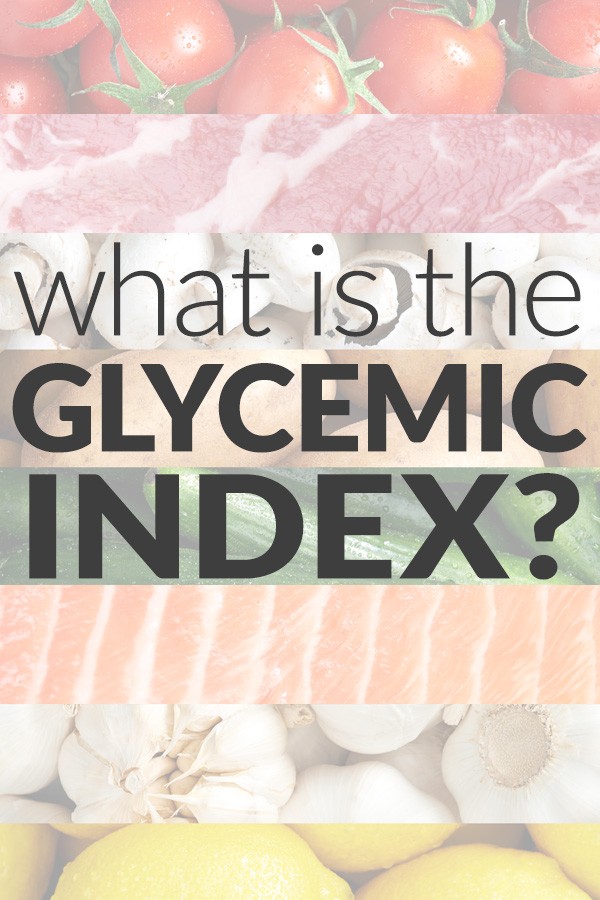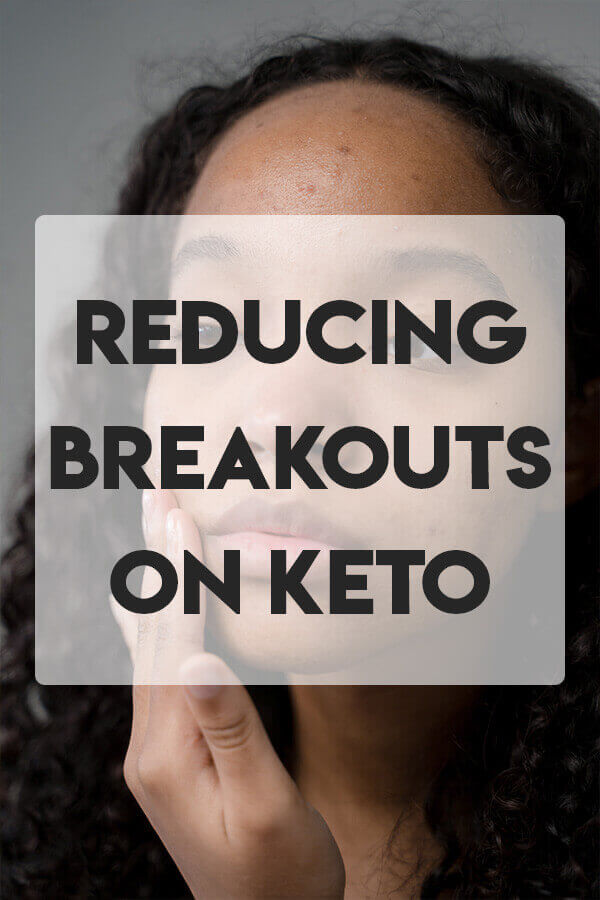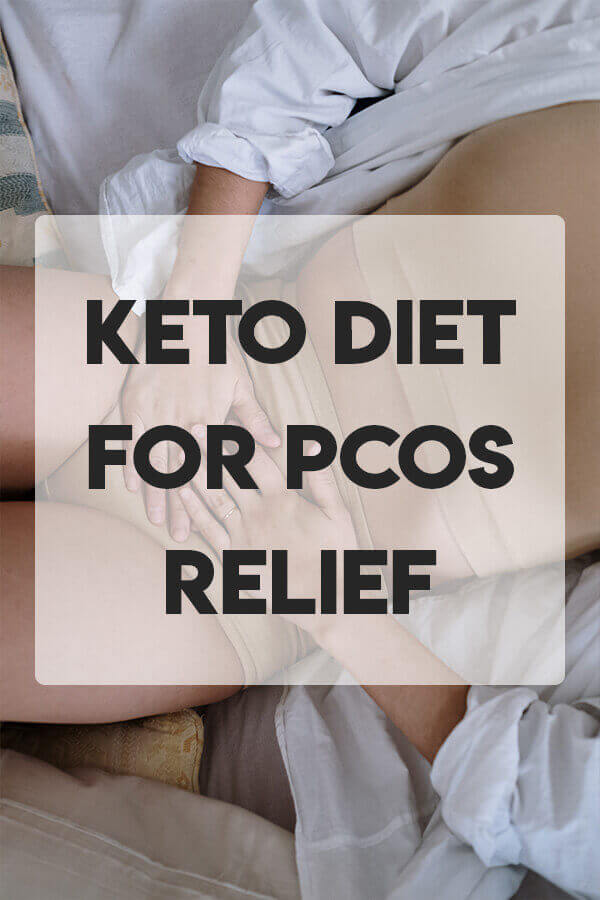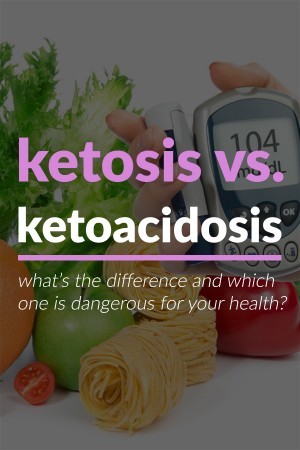What is the Glycemic Index?
The Glycemic Index was invented in the early 1980s specifically for Diabetes, a disease associated with problems controlling blood glucose. In the 21st century, Diabetes is a health epidemic, and when a person is diagnosed as a diabetic, it means that they secrete little or no insulin or their insulin is virtually ineffective due to extremely high insulin tolerance. The original idea behind the Glycemic Index (GI) was to assist those people with managing their blood sugar levels by eating the right foods and avoiding those that cause blood sugar spikes.
All foods and drinks are given a GI score. The GI score indicates how a person’s blood glucose responds to eating a certain amount of a specific food on an empty stomach. Carbohydrate-containing foods are compared with glucose as a reference food. Glucose has a GI score of 100 and serves as a reference point for the GI. The GI compares foods which have the same amount of carbohydrates but may have different effects on blood glucose.
What the GI Scale Means
Foods ranked high on the GI scale cause spikes in blood sugar. Food with medium GI cause a gradual increase in blood sugar. The low GI foods which are high in fat, protein and/or fiber are the ones that raise blood sugar very little to not at all and are generally healthier (fiber-rich foods make you feel full and can help manage your weight because fiber is not digestible and is also important for the elimination of toxins).
4-Week Keto Meal Plan
- 4 Weeks of Delicious Keto Recipes!
- Leftovers and Bulk Preps Included
- Maximize Your Keto Diet's Success
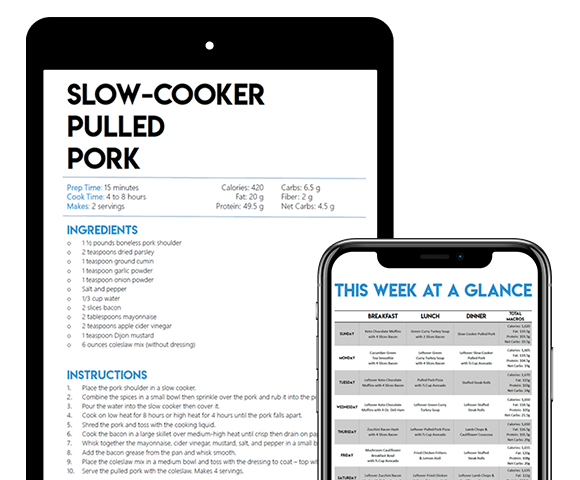
Very low GI foods provide virtually no increase in blood sugar and are the type of foods encouraged on a low carb diet.
[minti_pullquote align=”right”]The GI scale can be looked at as a gauge of “speed and quantity of glucose release into the bloodstream.”[/minti_pullquote]
- High GI (70+): result in an immediate rise in blood glucose after eating
- Examples: potatoes, short-grain rice, white-bread
- Medium GI (55 – 70): result in a more gradual rise in blood glucose 30 minutes to 1 hour after eating
- Examples: fruit juices, honey, long-grained rice
- Low GI (16 – 54): result in a steady rise in blood glucose over the course of a few hours
- Examples: fruit, whole grain breads, lentils, milk
- Very Low to No GI (0-15): almost no increase in blood glucose
- Example: meats, fish, vegetables, fats
More examples of low glycemic foods include: 
- Eggs
- Oils (olive oil, coconut oil, avocado oil)
- Dairy
- Meat
- Fish
- Vegetables
- Fruits (berries)
- Sweeteners like stevia and Erythritol
More examples of high glycemic foods include: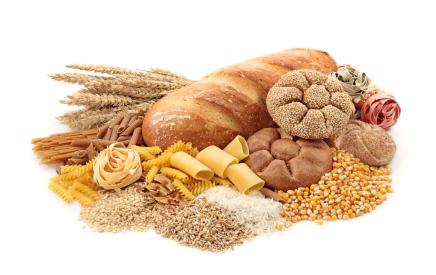
- Sugar
- Flour
- Wheat
- Corn (also corn syrup, corn starch, etc.)
- Rice
- Potatoes
- Lentils
Although the Glycemic Index can be used as a guide when planning diets for controlling blood sugar levels, it shouldn’t be your only consideration! It’s important to understand that the serving size of your meals and nutritional quality of the food you eat is equally as important to consider.
Make Some Changes
- Breakfast: instead of eating sugary cornflakes drenched in milk and bread with jam, consider having a few eggs with avocado or bacon. Use the bacon fat or olive oil for frying your eggs.
- Lunch: have a salad with some chicken or fish or a quick smoothie with low glycemic fruits and coconut oil or peanut butter.
- Dinner: have your choice of preferred meat or fish with a side like mashed cauliflower, fried green beans, salad, apple slaw, roasted Brussels sprouts, or grilled mushrooms.
GI Index Not Only for Diabetics
While the Glycemic Index is associated with diabetics, it is advantageous for everyone to pay serious attention to it. The GI index is an invaluable tool for anyone who wants to plan healthy meals and steer clear of blood sugar and insulin spiking foods which cause a multitude of health issues – especially long-term.
We can all use the GI index as a guide to healthier eating.
NUTRITIONAL DISCLAIMER
The content on this website should not be taken as medical advice and you should ALWAYS consult with your doctor before starting any diet or exercise program. We provide nutritional data for our recipes as a courtesy to our readers. We use Total Keto Diet app software to calculate the nutrition and we remove fiber and sugar alcohols, like erythritol, from the total carbohydrate count to get to the net carb count, as they do not affect your blood glucose levels. You should independently calculate nutritional information on your own and not rely on our data. The website or content herein is not intended to cure, prevent, diagnose or treat any disease. This website shall not be liable for adverse reactions or any other outcome resulting from the use of recipes or recommendations on the Website or actions you take as a result. Any action you take is strictly at your own risk.
- Keto-Friendly Food Swaps for Common Ingredients - July 11, 2023
- Keto Diet and Acne: Reducing Breakouts and Promoting Clear Skin - July 9, 2023
- Can the Keto Diet Help with Epilepsy? - July 7, 2023
